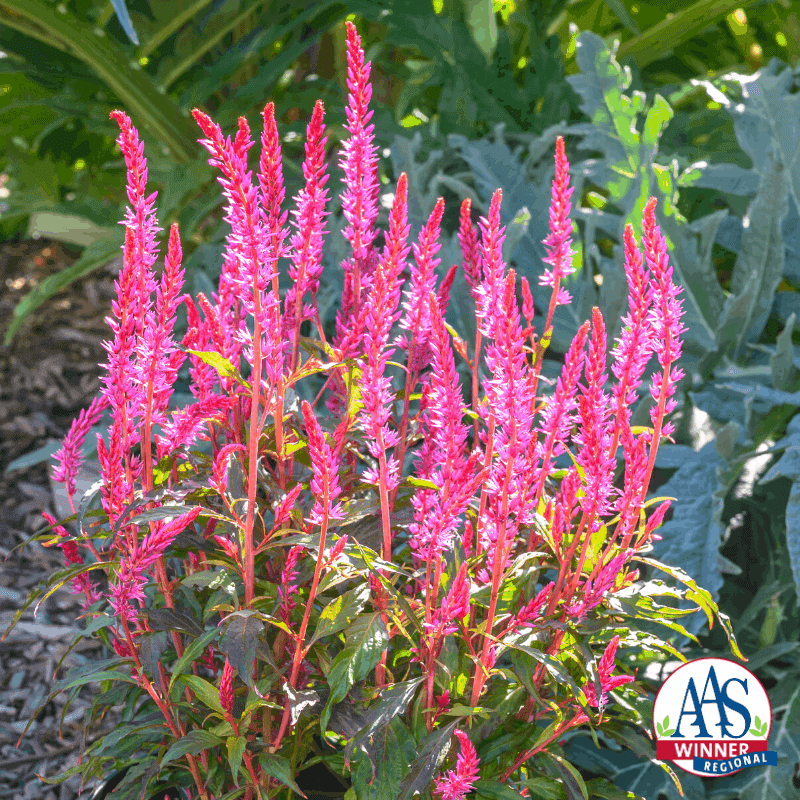Campbell Vaughn: In this excessive heat, drought-tolerant plants will wilt, healthy plants may die

The 10-day forecast on my Weather Underground app is depressing. Dante himself could have set the weather for next week’s inferno. Hot would be an understatement. I will always agree with my college buddy Will from Savannah who famously said, “If I ever meet the man who invented air conditioning, I would kiss him on the mouth.” Unfortunately for our plants who don’t live in my living room, they are about to be in for a level of heat that is going to test their toughness to the core.
Coming into work yesterday I was legitimately concerned about how dry we are and how hot it is starting to get. Tuesday’s downtown midday monsoon helped a bunch with a badly needed soaking, but from what I also gathered, some folks in the area did not get near the rain we got in downtown Augusta. This high heat and lack of moisture in the soil is the beginning of major stresses about to happen in our landscapes and it is exacerbated from a number of weather events in the past few years.
High temperatures: How to handle the heat, know the signs of heat illnesses among tips during heat wave
Test the waters: Where to go boating, kayaking and fishing around Augusta
Beat the Heat: Cool off at these splash pads and pools this summer
Air conditioning for plants
A plant’s HVAC system is called transpiration. This is the process where moisture is absorbed through a plant’s roots, moves through its vascular system and into the small pores on the underside of leaves. The water then changes to vapor and is released to the atmosphere. This process is essentially evaporation of water from plant leaves. To show how important the process is to the environment, 10 percent of the moisture found in the atmosphere is released by plants through transpiration with the remaining 90 percent of the water in our atmosphere being supplied by evaporation from oceans, seas and other bodies of water (lakes, rivers, streams).
Plant transpiration is almost an invisible process, since the water is evaporating from the leaf surfaces and there are no visible signs of sweating. During a growing season, a leaf will transpire many times more water than its own weight. An acre of corn gives off about 3,000-4,000 gallons of water each day, and a large oak tree can transpire 40,000 gallons per year. Those figures are staggering.
The amount of water that plants transpire varies greatly geographically and over time. There are a number of factors that determine transpiration rates, which go up as the temperature increases – especially during the growing season. Higher temperatures cause the plant cells that control where water is released to the atmosphere to open, whereas colder temperatures cause the openings to close. Dryer air as well as an increase in air movement causes more rapid evaporation.
More Campbell Vaughn: Help your plants be ready for the hotter days ahead
Also: Killing plants is easy — here are 5 tips to avoid it
The problem with extreme heat
The big problem we are going to have in the coming weeks with these extreme temperatures is that plant root systems can’t absorb enough water to maintain an efficient transpiration process. This usually starts happening on a lot of our local flora when we get in that mid-90s range. With temperatures looking to get into the 105 range next week, plants are going to struggle big time.
These extreme temperatures are one more big reason I preach about building healthy root systems. If you have new plants or plants that are battling stresses from root disease from overwatering and years of saturated soils, this heat is going to push parts of our landscapes to the limit.
We are also seeing plants still struggling to recover from our extreme cold snap in March. Very drought tolerant plants are going to wilt. Some healthy plants will die. If you have a plant that has an underlying issue like one of our common root rot diseases, this temperature test will likely expose visible symptoms.
What can we do? Water plants deep
The best thing you can do to help with these hellish temperatures is to water deep so that roots in the 4- to 12-inch-depth range can access moisture. If you have an in-ground irrigation system, I would rather you run the whole system twice in a row one morning every third day than run a system for short periods every day.

There is some good news about the higher temperatures and plants battling with transpiration. When the sun sets and temperatures begin to drop, this is when plants have time to recover best. Our nighttime temps are supposed to be fairly mild compared to some of the evenings we would have during August when temperatures stay well into the 80s at night and plants would have little chance to catch up with their internal watering systems. Either way, it is going to be a tough couple of weeks for our landscapes.
Keep cool. It isn’t going to be easy.
Reach Campbell Vaughn, the UGA Agriculture and Natural Resource agent for Richmond County, by e-mailing augusta@uga.edu.
This article originally appeared on Augusta Chronicle: In this heat, drought-tolerant plants wilt, healthy plants may die

